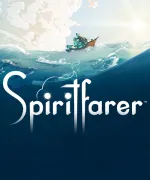Our extra-large special edition is here. Subscribe today and receive the 25% longer issue at no extra cost!

Spiritfarer
Some people think of death as an ending, while others view it as a beginning. Spiritfarer explores the latter scenario, putting you on a boat full of deceased spirits to befriend as you ferry them to the next phase of their existence. That might seem a little grim for a simulation game, but Spiritfarer isn’t a typical entry in the genre. Yes, it takes inspiration from games like Harvest Moon and Stardew Valley, but developer Thunder Lotus Games isn’t afraid to allow Spiritfarer to sail into melancholy territory.
I’ve been intrigued by this narrative-driven sim since I first saw it at E3 last year, but I recently had a chance to play a demo for myself, guided by Spiritfarer creative director Nicolas Guérin. I take control of ferrymaster Stella, while Guérin accompanies me as Stella’s cat, Daffodil. Spiritfarer can be played solo or co-op, but if you team up, both players can interact with the environment and access a shared inventory.
I explore the boat, admiring its sprawling town-like quality; multiple levels of structures are built on top of each other, and they all have specific purposes. Some are for growing vegetables, some are for crafting, and some are homes for the various spirits who have favors to ask. You place these buildings yourself with a surprising degree of freedom, so the layout of everyone’s floating settlement will be different.
Guérin has jumped me to a point about 30 hours into the game, so I’m seeing a well-developed boat. Stella and Daffodil don’t start with all these amenities; your options are limited at first, but as your needs and capabilities grow, so does the settlement on your ship. Players progress gradually by exploring islands, gathering resources, and completing requests from spirit friends – most of whom take forms drawn from the natural world. Some of my passengers include anthropomorphic versions of a deer, a mushroom, and a lion. They each have different needs, asking Stella to do things that ultimately help them reflect on their lives and finish their journeys. I didn’t see a wide variety of these quests from my time playing, but I did go ashore briefly to complete one request that involves picking some flowers in a public park.
The gameplay structure has a familiar loop of collecting and crafting, but with defined arcs for the characters and the main story. After Stella completes a spirit’s requests, that spirt is ready to move on. And once they enter the afterlife, they leave your boat for good. I witness the final goodbye of a spirit named Gwen, and though I won’t spoil the specifics, Stella clearly helped Gwen gain some perspective on her life and how to approach whatever comes beyond it.
Stella’s journey will eventually end as well. This finite, narrative-focused approach is a big part of what makes Spiritfarer so compelling. Many other sims are designed to go on endlessly, with players watching the days and months go by without meaningful changes. However, finality is built into Spiritfarer’s story; you meet spirits, befriend them, and say goodbye. You can’t stay together forever, so you just make the most of the time you have.
From my brief demo, Spiritfarer’s themes seem sad and complex. However, they are wrapped in colorful visuals and striking animation, emphasizing the notion that death needn’t always be dark and dramatic. In this game, death is surrounded by a cozy aesthetic, friendly faces, and a curiosity about what comes next. Fortunately, we don’t have to wait long to see what awaits in the great beyond; Spiritfarer is slated to release later this year on PS4, Xbox One, Switch, Stadia, and PC.
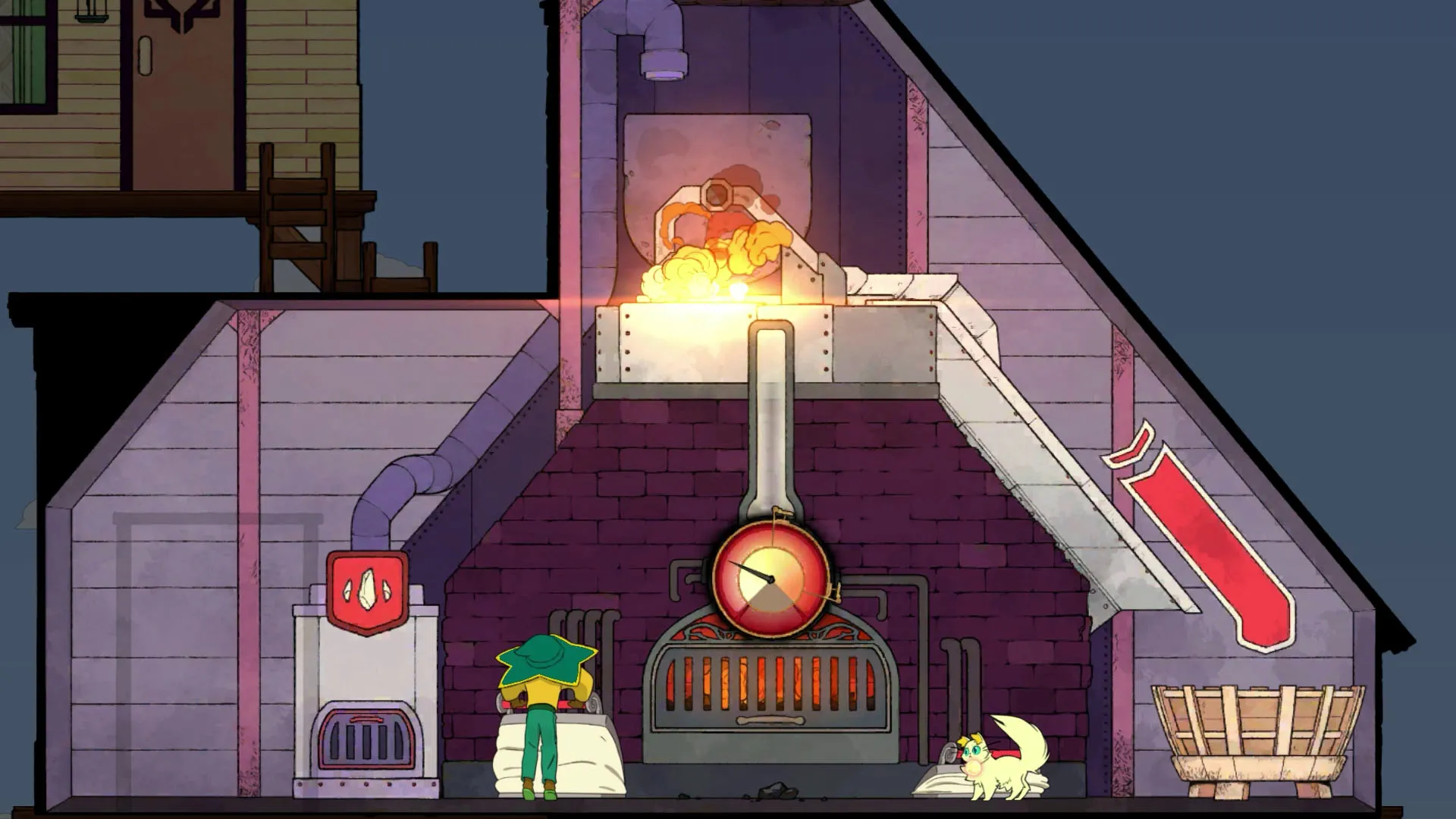
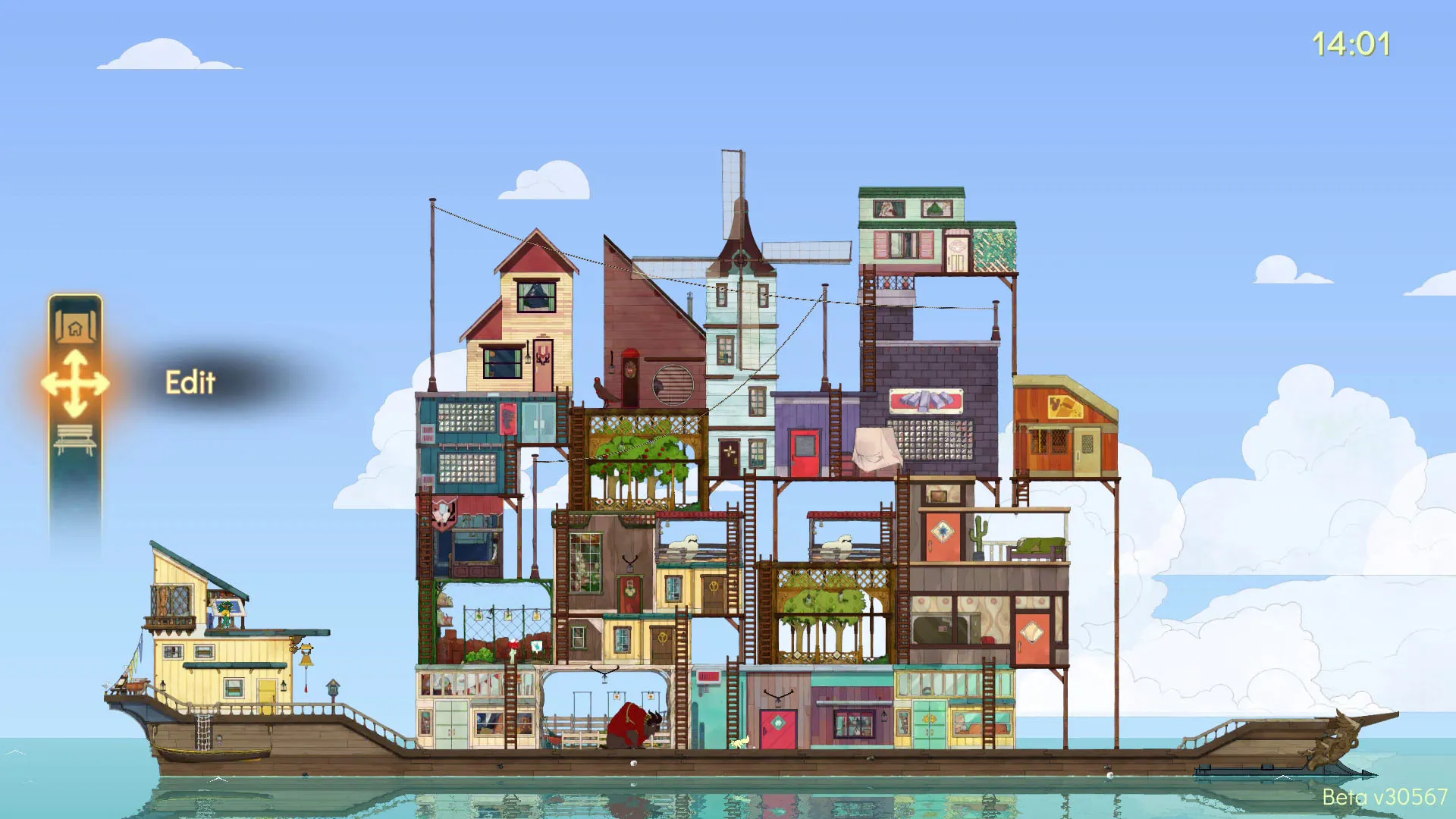
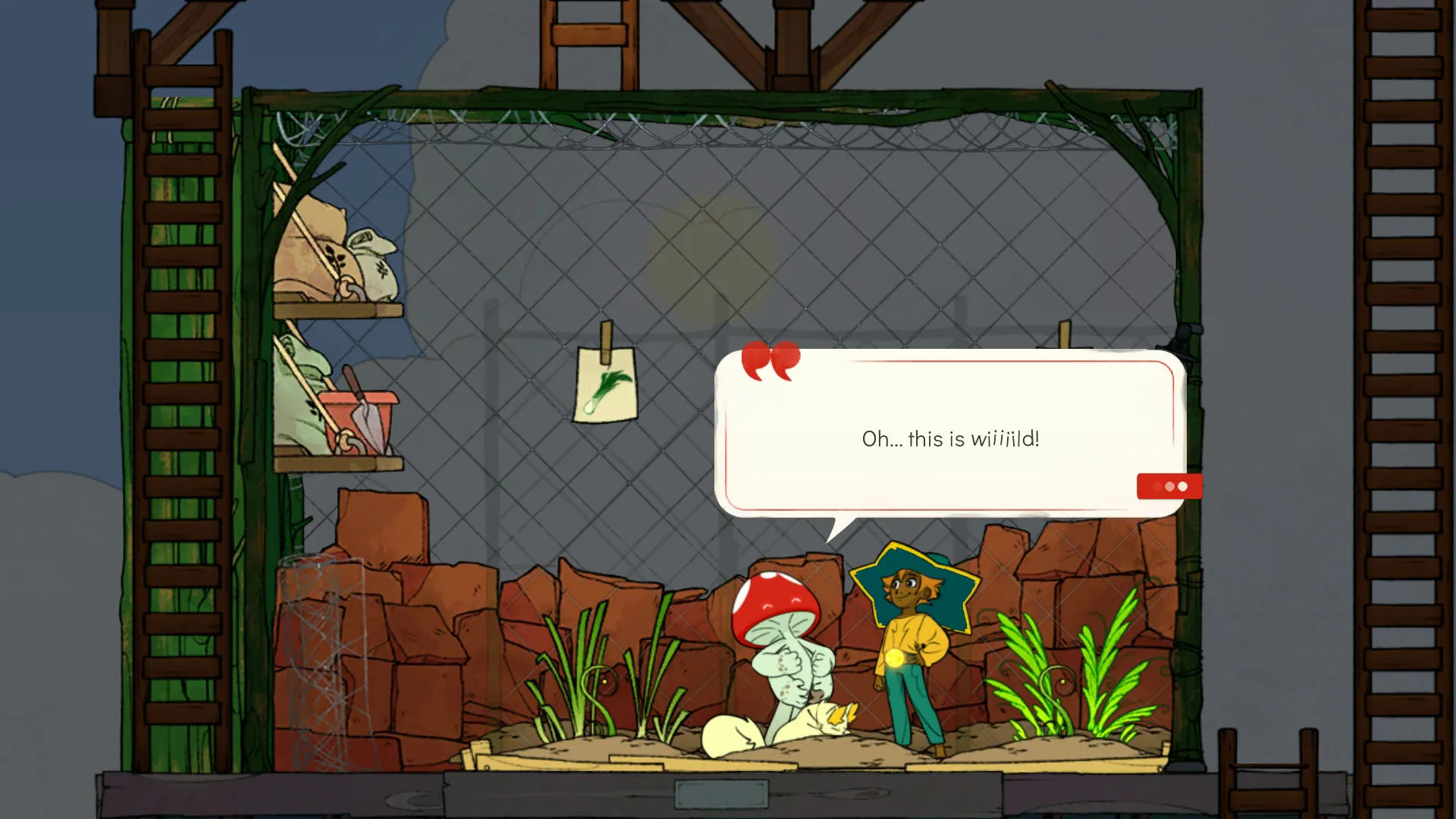
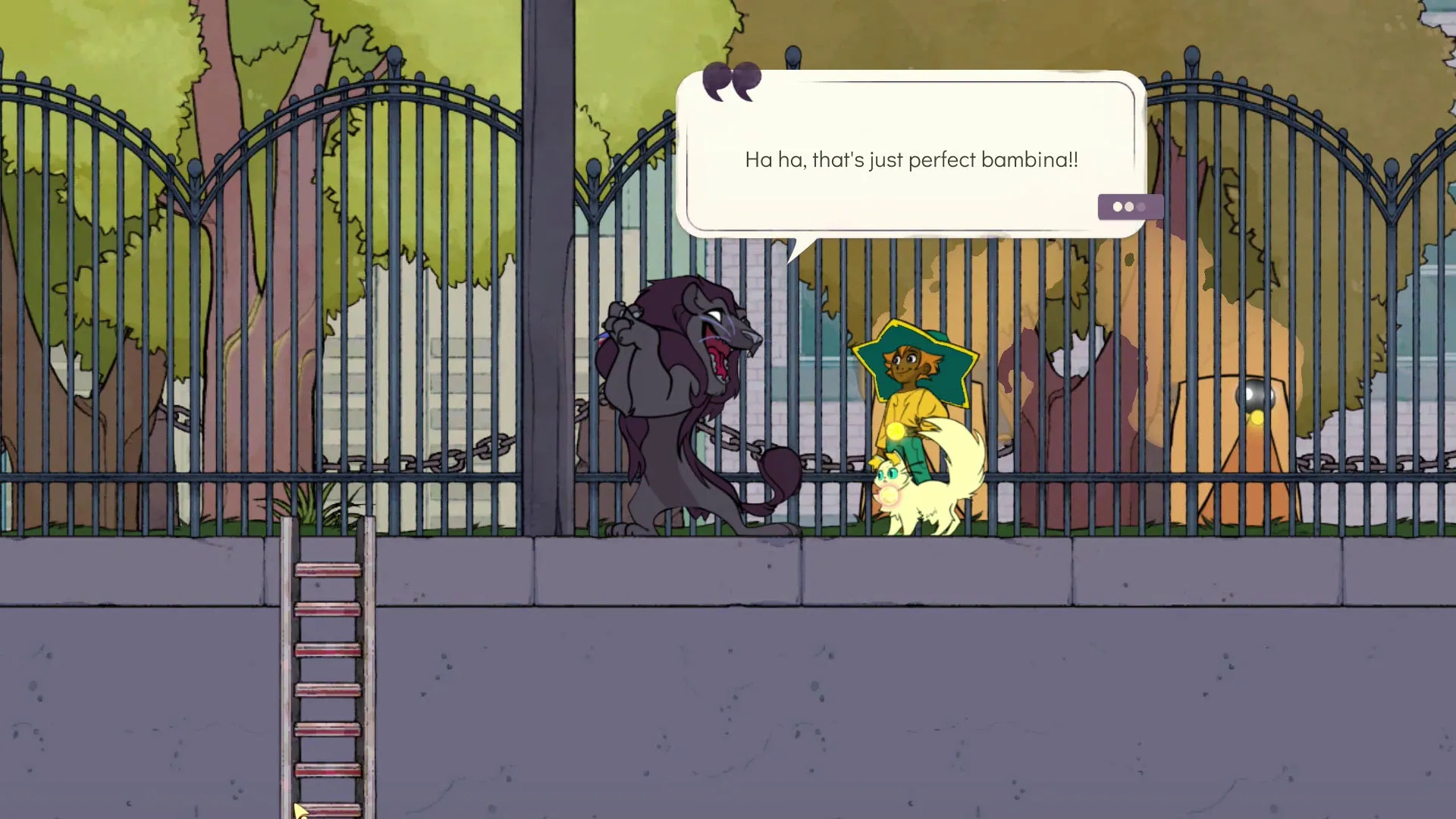
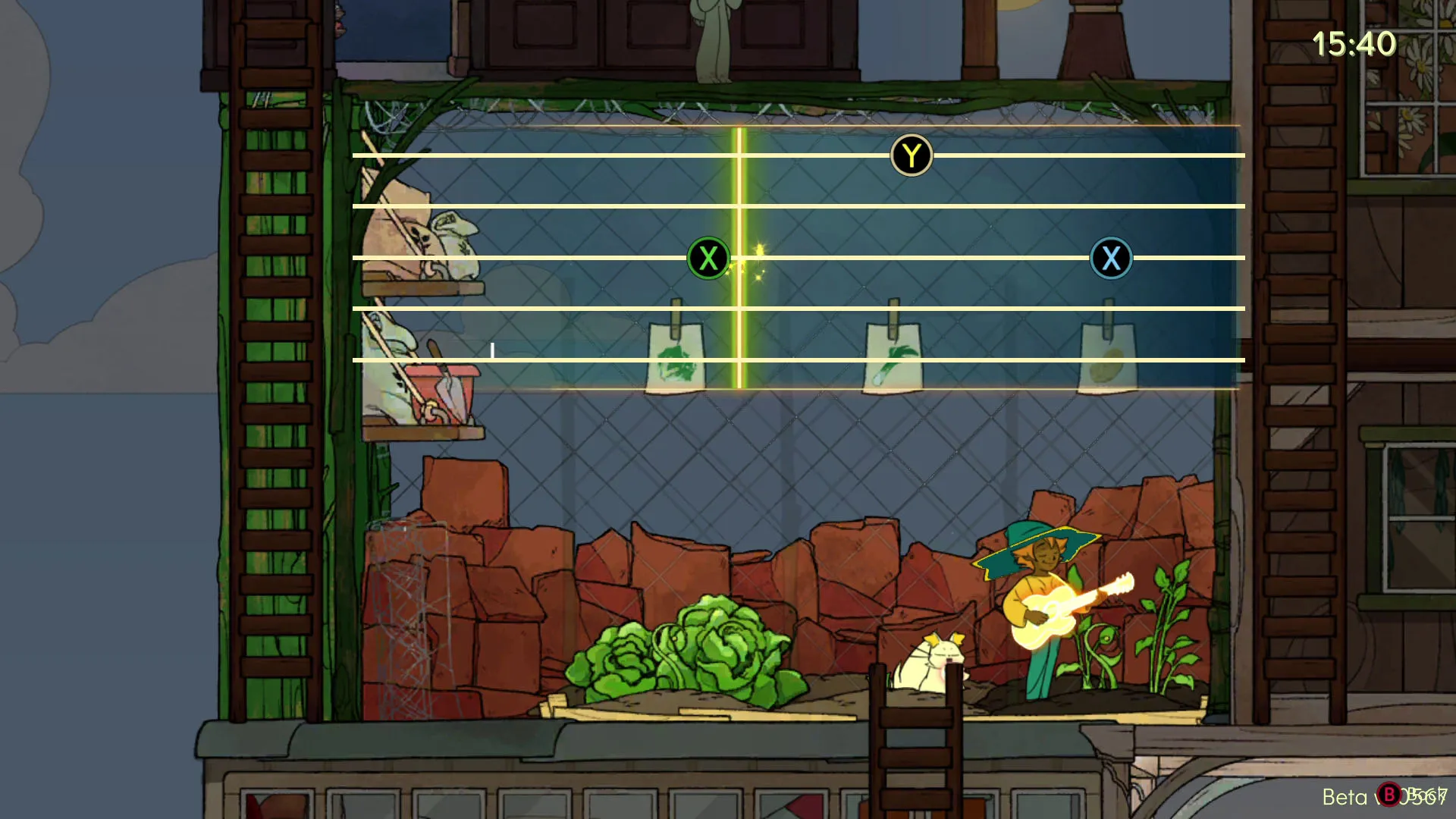
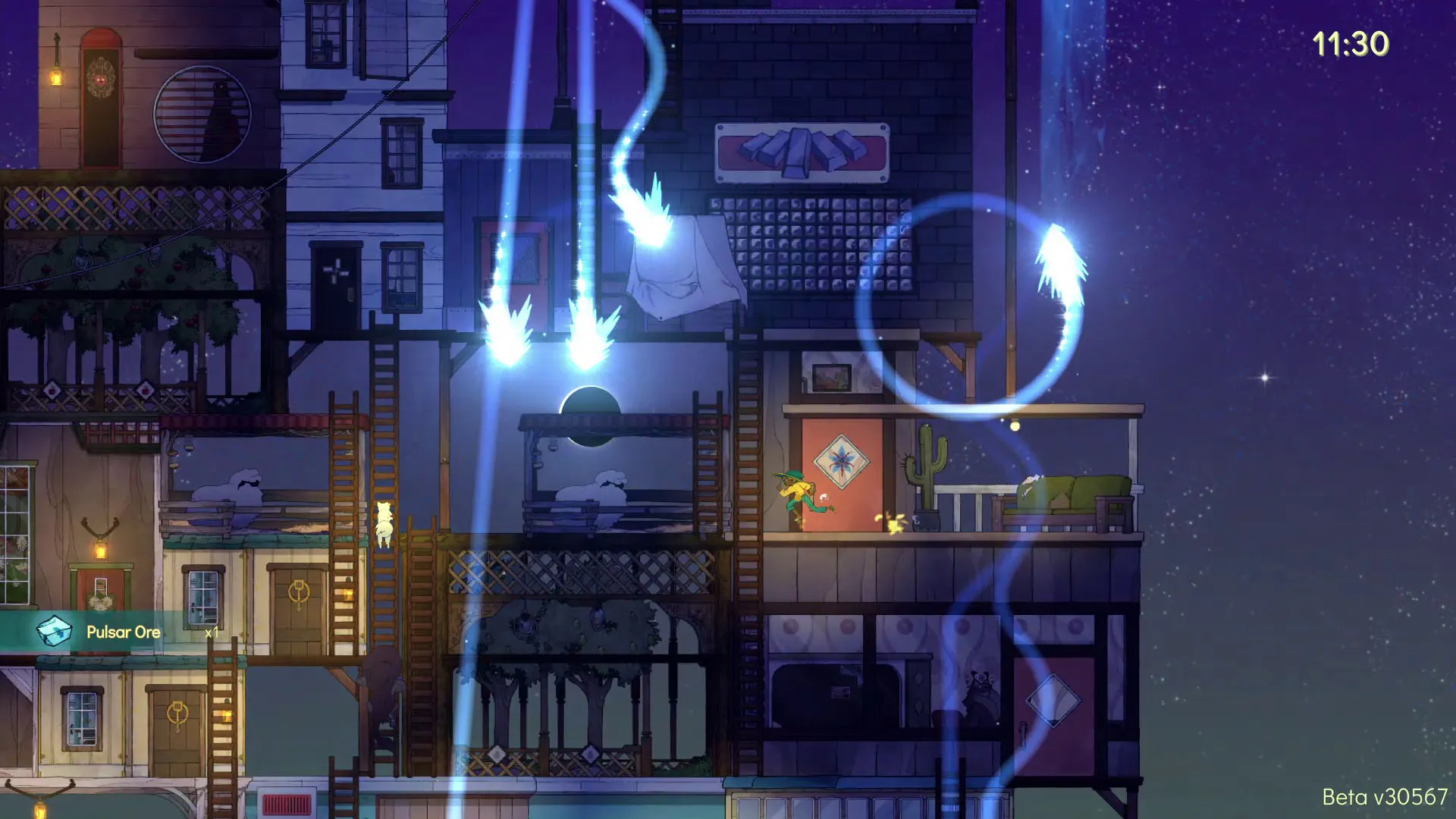
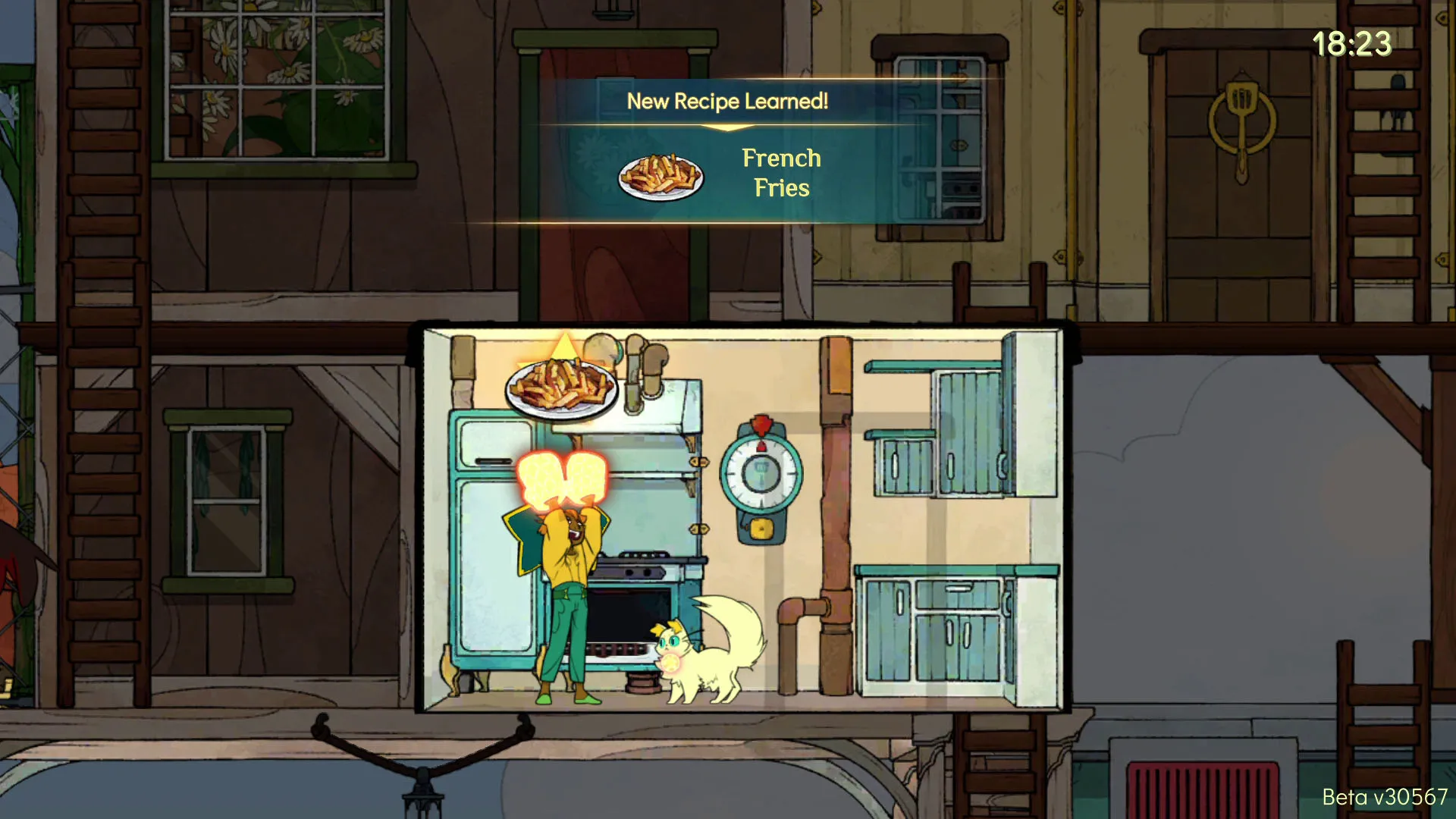
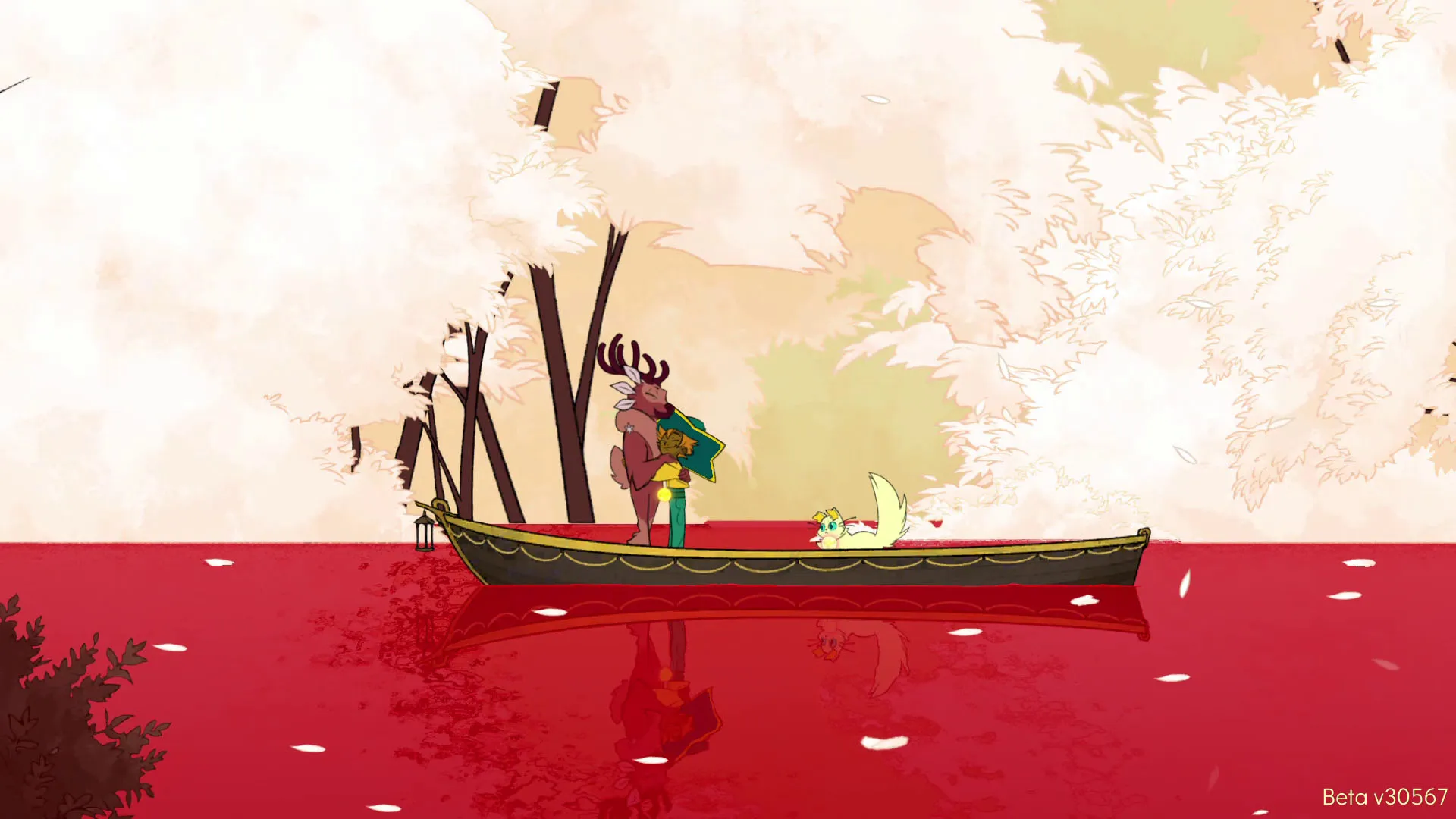

Get the Game Informer Print Edition!
Explore your favorite games in premium print format, delivered to your door.
- 10 issues per year
- Only $4.80 per issue
- Full digital magazine archive access
- Since 1991
